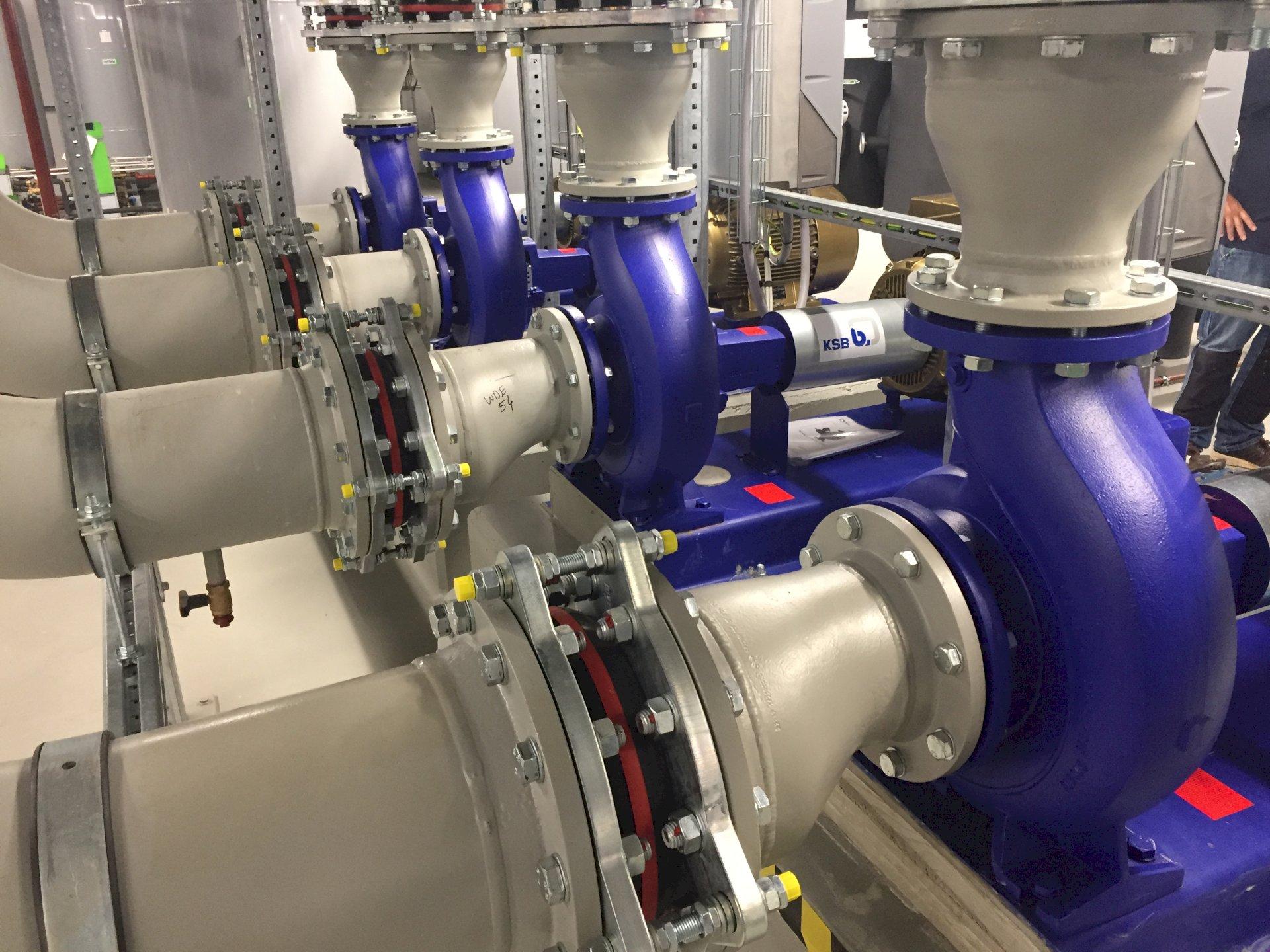 Door: FHI, Federatie van Technologie Branches
Door: FHI, Federatie van Technologie Branches Written by Dongsheng Zhao
We read the latest astronomy and space discovery news so frequently today from different sources. In the background, EMC activities are carried out supporting each space mission. EMC in space industry has its specific problems, concerns and methodologies while also shares many common theories, practices and solutions with other areas like medical, automotive, military, avionics.
Spacecraft is not massively produced. It follows a staged development schedule. The major milestones are called SRR (system requirement review), PDR (preliminary development review), CDR (critical development review) and FAR (flight acceptance review). The design is consolidated at each stage, so that the risks are mitigated. The EMC requirements, including grounding, bonding, in-rush current, conducted and radiated emission, as well as susceptibility, ESD and magnetic cleanliness requirements are consolidated at system, subsystem, and unit levels. Driven by performance requirements and mission goals, the generic requirements are tailored at system level. Then a method called �flow down� will allocate or translate the requirements from higher level to lower level. In this way the EMC requirements of the part each subcontractor responsible for can be defined individually. For space applications, the EMC requirements are flexible, the emission limit and susceptibility threshold are subject to adaptation for various sorts of mission, as long as the EMC margin can be demonstrated.
Besides general EMC problems, there are some unique problems for space applications. Here is a non-exhaustive list: EMC compatibility with launcher and facility; coexistence of high-sensitivity receiver and high power transmitter onboard; space charged particles caused ESD; DC and AC magnetic cleanliness verification for missions with precise magnetic field sensor; radiated susceptibility and antenna RF pattern tests in thermal vacuum chamber simulating the space environment. EMC is an essential part of overall space system engineering process. The EM theory, numerical simulation techniques, testing and verification, best practices are the key pillars of EMC solution, and the solutions must achieve the trade-off between the cost and effectiveness.



